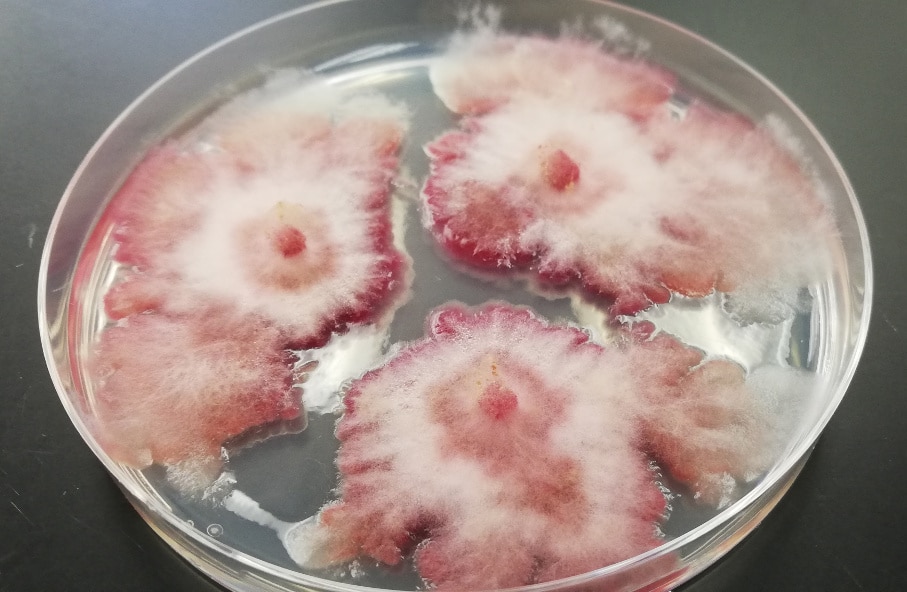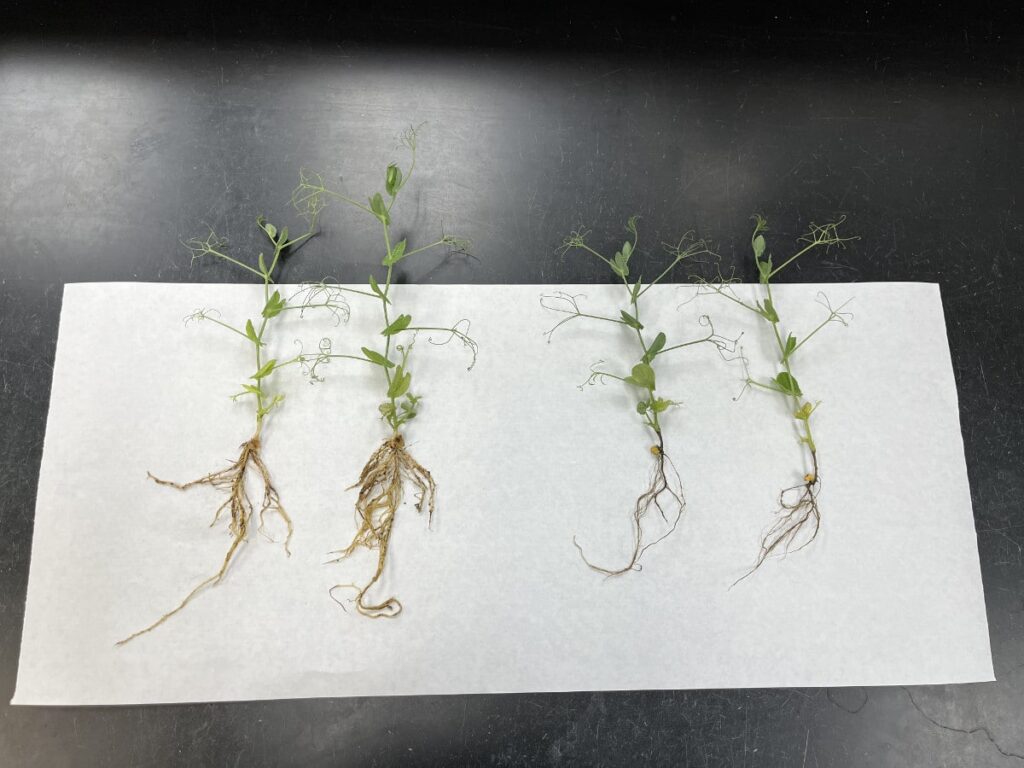Summer has officially begun, and I can safely say 2022 is shaping up to be a perfect year. For the proliferation of disease, that is!
When it comes to the disease triangle, this year’s conditions are perfect. Plant diseases result from the impact of three factors: the host plant, the pathogen, and the right environmental conditions. When all three are present, diseases do what they do best.
For many regions, 2021 was a year that saw little disease pressure due to hot, dry conditions. Under drought conditions, disease just didn’t have a chance to take hold last year, and many people didn’t have to worry that much about it.

This year is shaping up to be totally different. Wet, humid conditions in many parts of Western Canada mean all the major seed and crop diseases are bound to make a return after lying low last season.
For cereals, I would expect fusarium head blight and root rot to rear its head, especially in Manitoba. Last year we saw very low levels, so I wouldn’t expect to see as much inoculum this year to start off with. However, fusarium spores are very long-lived.
Leaf blotch is one we didn’t see a lot of last year. Leaf blotches caused by septoria and bacterial blight have been a hot topic over the past two years. They spread through flashes of rain, which a lot of regions have seen this year.
Stripe rust is another disease also transmitted through rain and wind. It usually comes from from the United States, so it will be interesting to see if our neighbours to the south are seeing it. If they are, it will undoubtedly make its way here.
In canola, clubroot will definitely be a concern, as it loves water.
As far as pulses go, we can expect to see a handful of diseases crop up, no pun intended. Fusarium species, Pythium species, rhizoctonia and Aphanomyces all love wet conditions.

We expect a busy year, which I have to admit is exciting for seed analysts, even if high disease levels are difficult for our clients. For seed analysts, it’s our passion to help clients in both the seed industry and on the farm determine how disease is affecting them.
I expect clubroot and pulse root rot tests to be used extensively. Bacterial blight testing is currently being developed, but right now it’s confirmed via leaf tissue if a plant is symptomatic.
Despite 2022 conditions being perfect for disease in many areas, there’s a great weapon at your disposal, and that’s working with a good seed lab that has your back to help you deal with whatever Mother Nature throws your way this year.








